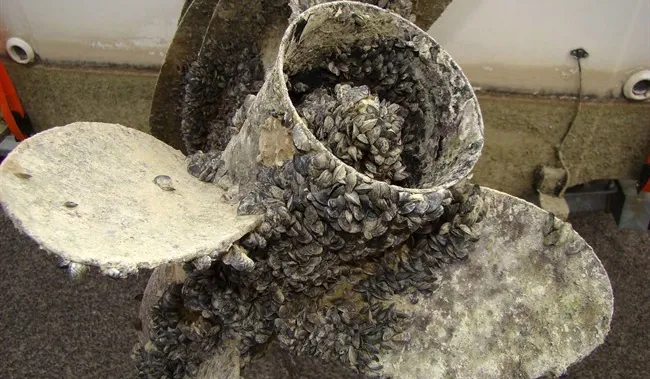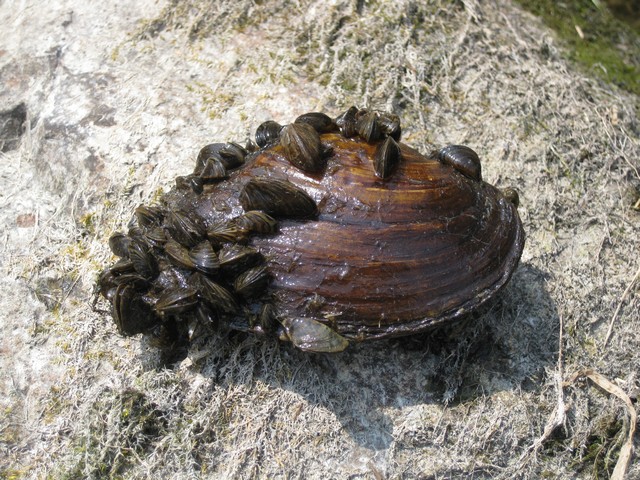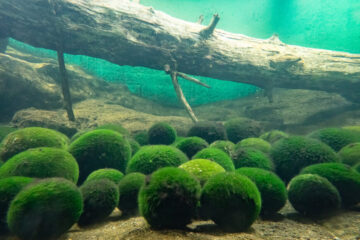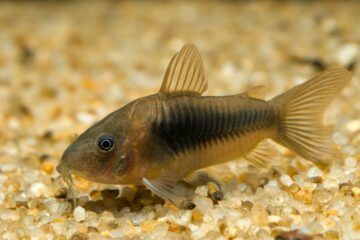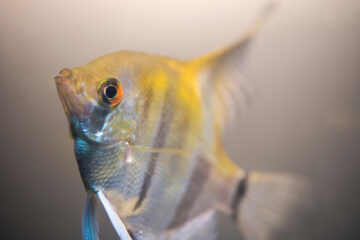Zebra Mussels are an invasive species that are banned
from most waterways in Canada and the United States.
Zebra Mussels were first detected in Canada in 1988 in Lake St. Clair near the Great Lakes. The introduction of these invasive species is thought to have come from the ballast and anchors of ocean-going ships travelling the St. Lawrence Seaway. They have been millions of dollars of damage to other vessels, rigging, docks and ocean structures as well as local species that call the Great Lakes home. They have been declared an Invasive Species as of 1996 as willing introduction into the ecosystem comes with heavy fines and even jail time.
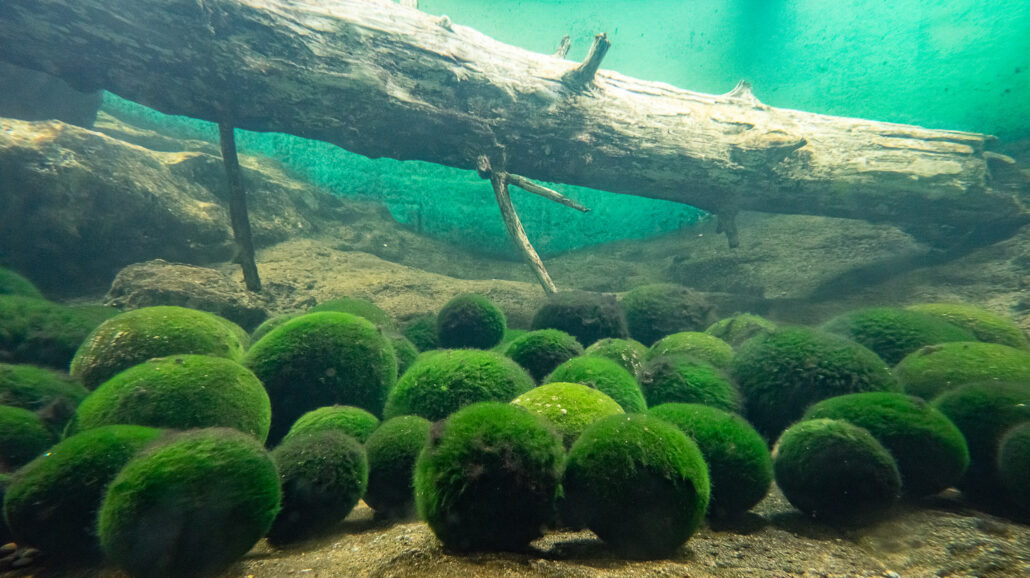
In 2021, zebra mussels were found in Marimo Moss Balls, a popular import among aquarium hobbyists. This prompted a ban among local retailers, and literature was released by the Department of Oceans on how to purge Marimo Moss Balls of the creatures to avoid their spread. This involved boiling, freezing or bleaching them before disposing of them to prevent the spread to local waterways.
It took more than a year before Marimo Moss Balls were sold again in pet stores, and were shipped with a certificate claiming they are free of the invasive zebra mussel.
The Damaging Effects of Zebra Mussels
Millions of dollars of damage has been reported and caused by zebra mussels in many waterways in North America. Countless watercraft are damaged from the ballasts to the propellers.
Zebra mussels are also starving out and attacking local invertebrates. The contamination of these mussels are now jeopardizing the survival of many different local species.
The creatures have been found in water pipes, and docks and water-adjacent structures, causing millions of dollars in repairs and replacements.
